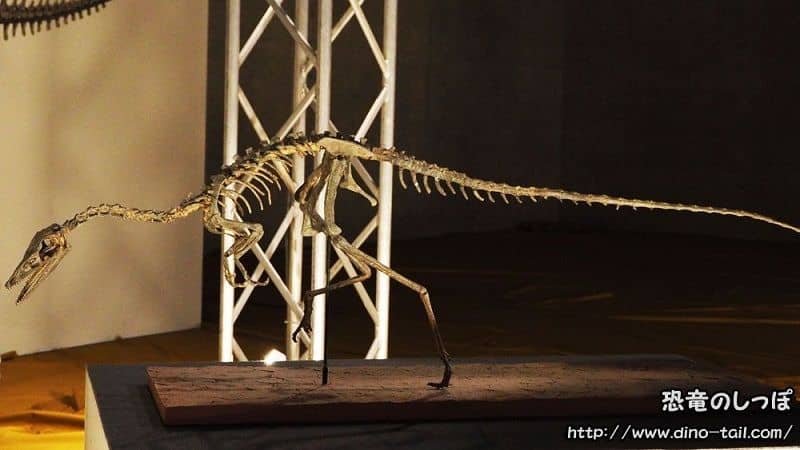About Compsognathus
| Scientific Name (Genus) | Compsognathus |
| Meaning of Name |
Elegant jaw
kompsos (elegant, delicate) [Greek] - gnathos (jaw) [Greek] |
| Classification | Saurischia, Theropoda (Tetanurae) |
| Total Length | Approx. 1m |
| Diet | Carnivorous |
| Period | Late Jurassic |
| Species | Compsognathus longipes |
| Year of Paper Publication | 1859 |
| Genus Name Publication | Wagner, Johann A. (1859). Über einige im lithographischen Schiefer neu aufgefundene Schildkröten und Saurier. Gelehrte Anzeigen der Bayerischen Akademie der Wissenschaften, 49. |
Characteristics
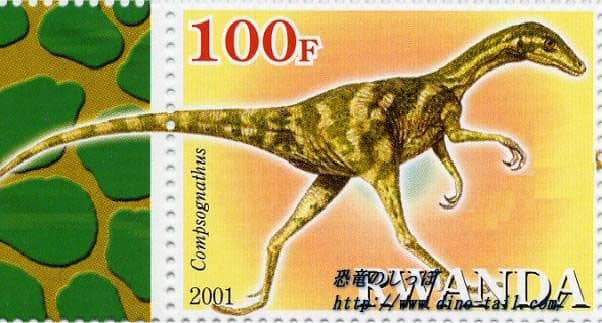
Compsognathus was a small dinosaur that lived in Europe during the Late Jurassic. It has been discovered in Germany and France.
Compsognathus shares many similarities with Archaeopteryx and may have been covered in feathers. It is now thought to be closely related to the feathered dinosaur Sinosauropteryx from China.
It was about 1m long, 10-20cm tall (about ankle to knee-high on a human), and is estimated to have weighed about 2.5kg.
The Ecology of Compsognathus
Its skeleton was lightweight, and its long lower legs suggest it could run fast.
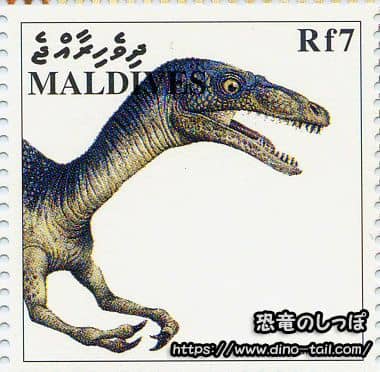
As its genus name suggests, although it had small, sharp teeth, its slender jaw is thought to have been incapable of crushing large prey. A lizard fossil was found near its abdomen, suggesting it hunted insects and small lizards.
Was It Really the Smallest Dinosaur?
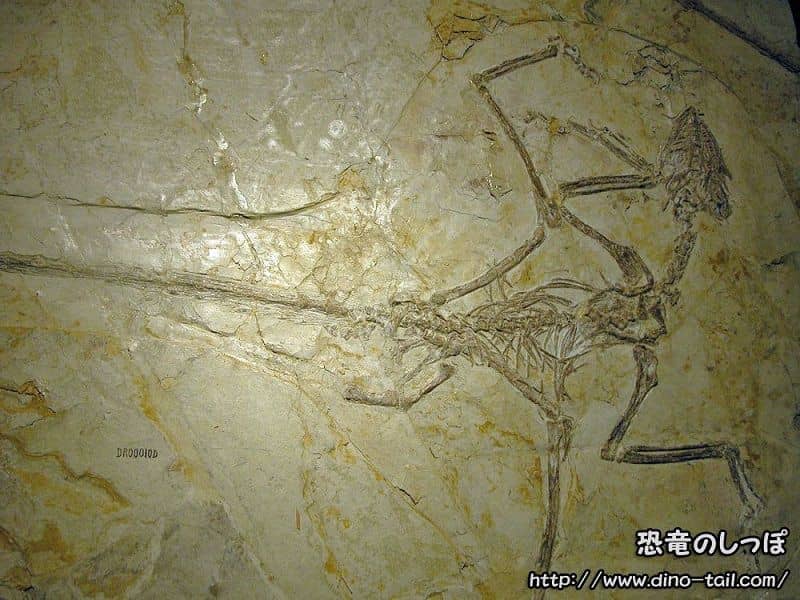
For a long time after its discovery, Compsognathus was famous as "the world's smallest dinosaur, about the size of a chicken." Indeed, the first German specimen discovered was a subadult (juvenile) fossil less than 1m long.
However, with the later discovery of a larger French specimen and the successive discoveries of even smaller dinosaurs like Microraptor and Anchiornis in China, it can no longer be called "the smallest dinosaur." Nevertheless, Compsognathus still played an important role in the Jurassic ecosystem as an agile, small hunter.
How Many Fingers Did It Have? A History of Debate
The first German specimen was exceptionally well-preserved, but the forelimbs (hands) were unclear, appearing to have only two fingers. For a long time, Compsognathus was reconstructed as a "two-fingered dinosaur."
However, a detailed study of the French specimen discovered in the 1970s revealed that it actually had three fingers. The third finger was smaller and less complete than the other two, which is why it was overlooked in the first fossil.
This discovery was crucial evidence showing that Compsognathus belonged to a different group than two-fingered theropods like Tyrannosaurus. It is a good example of how the reconstruction of a dinosaur's appearance can change significantly based on the condition of a single fossil, highlighting the depth of paleontology.
Discovery and Publication
In 1859, a nearly complete skeleton, 89cm long, was discovered in the limestone deposits of the Painten Formation in the Riedenburg-Kelheim district of Bavaria, Germany. This is the same region as the famous Solnhofen, known for Archaeopteryx. It is known that this area was a wetland during the Late Jurassic.
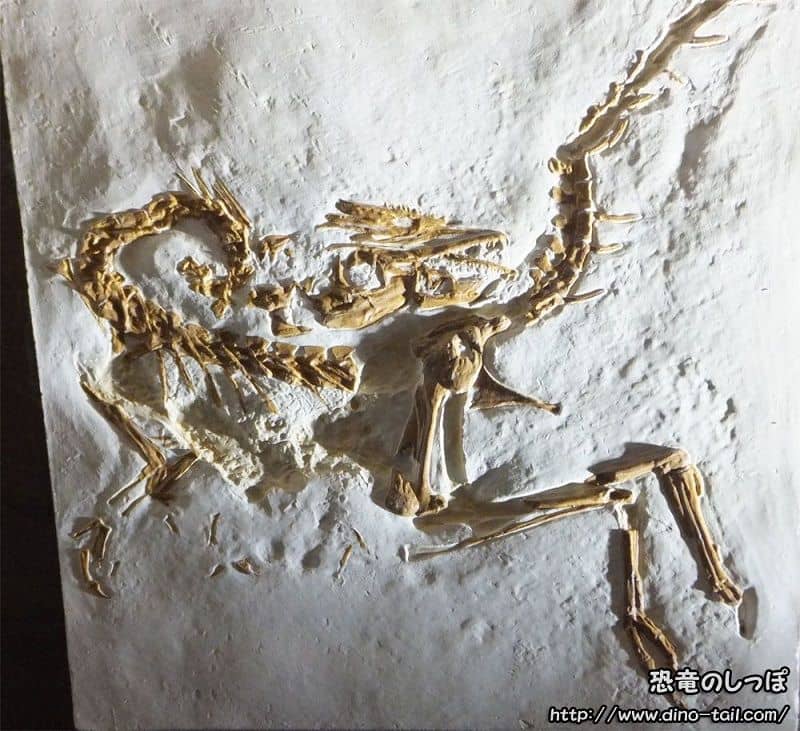
The German specimen (BSP AS I 563) excavated in the Riedenburg-Kelheim region of Bavaria.
Paleontologist and zoologist Johann A. Wagner named it as a new genus and species, Compsognathus longipes, in 1859. The original German specimen (BSP AS I 563) is now on display at the Bavarian State Collection for Paleontology and Geology in Germany.
More than a century after its description, around 1971, a second complete skeleton of Compsognathus was discovered in France. It was slightly larger than the German specimen, at 125cm long, and was excavated from a Portlandian quarry near Nice in southeastern France (specimen MNHN CNJ 79). In 1983, it was acquired and studied in detail by the National Museum of Natural History in Paris, France.
Compsognathus Stamp & Fossil Gallery
